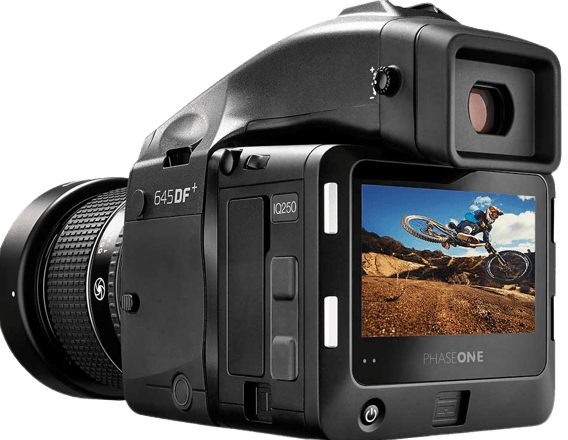Phase One P65 Plus Specs and Scores

The Phase One P65 Plus receives a score of 54/100 for its general specifications. Launched in 2008 with a price tag of $39,900, this medium format camera measures 155 x 128 x 184mm and weighs 993g or 2.19lbs. Although it’s over a decade old, the P65 Plus still offers decent specifications for photography enthusiasts. However, today’s market presents more advanced and affordable options for those seeking top-notch performance and features. The P65 Plus remains a noteworthy camera, but it faces stiff competition in the current market.
Phase One P65 Plus Overview and Optics
The optics of the Phase One P65 Plus receive a score of 71/100. This camera features 60.5 megapixels, a shooting speed of 1 frame per second, and a CCD sensor type. The Phase-One processor contributes to the DXOMARK sensor score of 89. With a medium format sensor size and a Mamiya 645 AF lens mount, the P65 Plus offers impressive image quality.
However, the camera lacks image stabilization and has a basic 4:3 aspect ratio. In today’s market, these specifications may not be as competitive as other high-end camera models. Although the Phase One P65 Plus has a respectable optics score, advancements in technology have resulted in more advanced features being available in modern cameras.
Phase One P65 Plus Video Performance
The Phase One P65 Plus excels in its general specifications and optics. However, it lacks video functionality. This camera does not offer any video recording features.
Phase One P65 Plus Features and Benefits
The Phase One P65 Plus features score is 14/100. This score might seem low, but let’s consider its specifications in today’s market. The camera has a 2.2-inch screen with a resolution of 230,400 dots. However, it lacks a touchscreen and flip screen, which are common in modern cameras.
Additionally, the P65 Plus does not have GPS or Bluetooth capabilities. While it does have WIFI, this single connectivity option might not be enough for users who value seamless integration with other devices.
Considering these specifications, the Phase One P65 Plus may not be the top choice for those who prioritize advanced features in a camera. Its low features score reflects the lack of modern amenities when compared to other cameras in the market.
Phase One P65 Plus Storage and Battery
The Phase One P65 Plus has a storage and battery score of 51 out of 100. This camera features a single memory card slot that accepts Compact Flash cards. In comparison to modern cameras, the single memory card slot may be limiting for photographers who require more storage flexibility or redundancy.
The battery life of the P65 Plus offers 2000 shots per charge, which is impressive for a medium-format camera. The camera uses a BP-915 battery type, but lacks USB charging capabilities. This may be inconvenient for users who prefer on-the-go charging options.
Considering these specifications, the Phase One P65 Plus has decent battery life but falls short in storage capabilities and charging options compared to newer cameras in the market.
